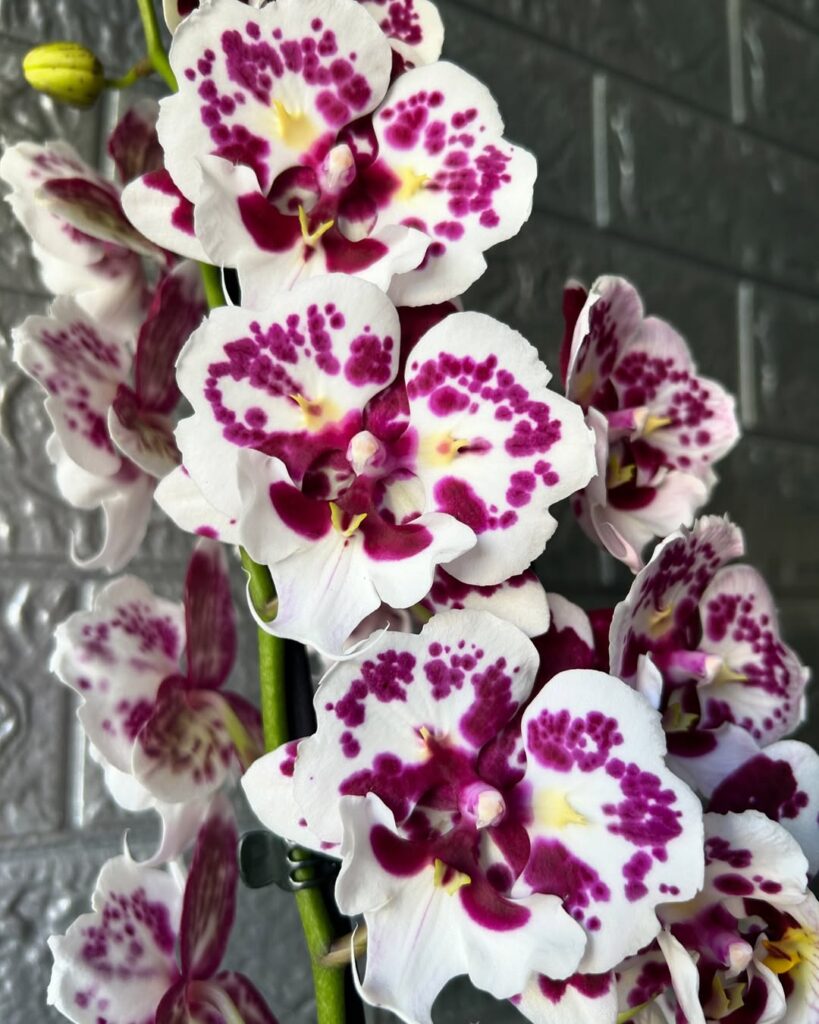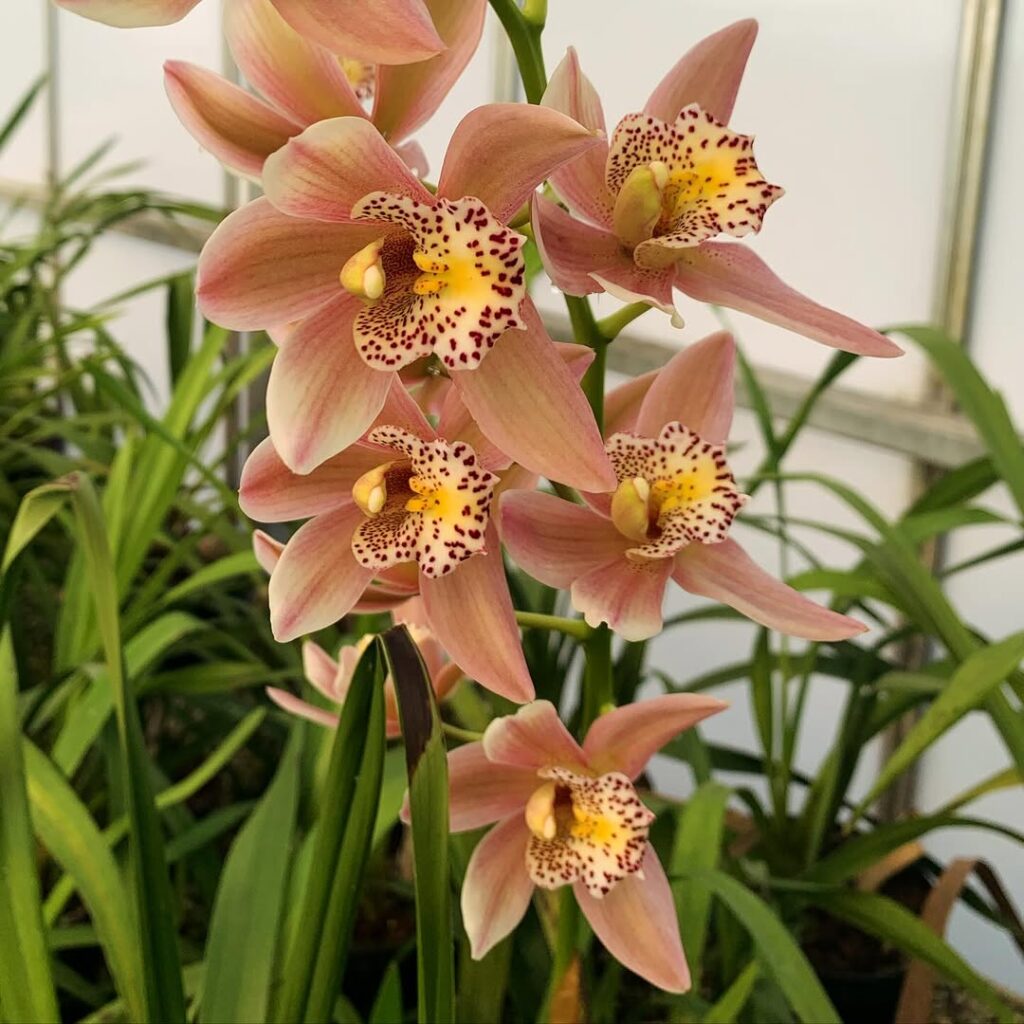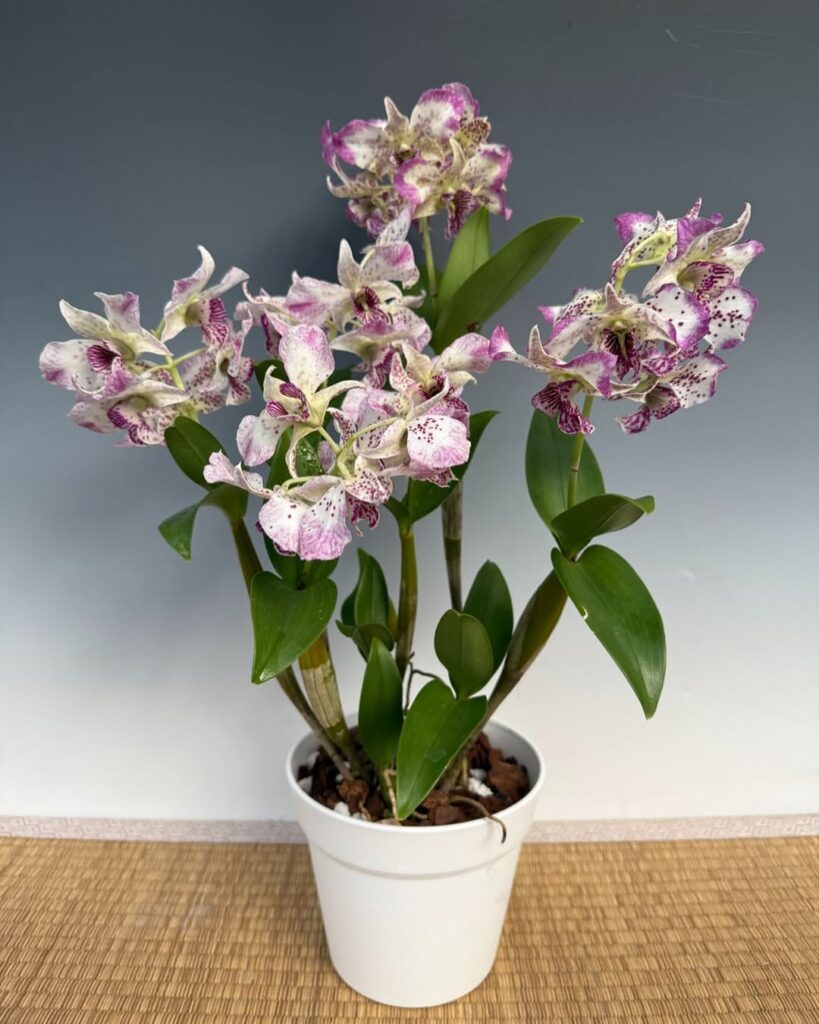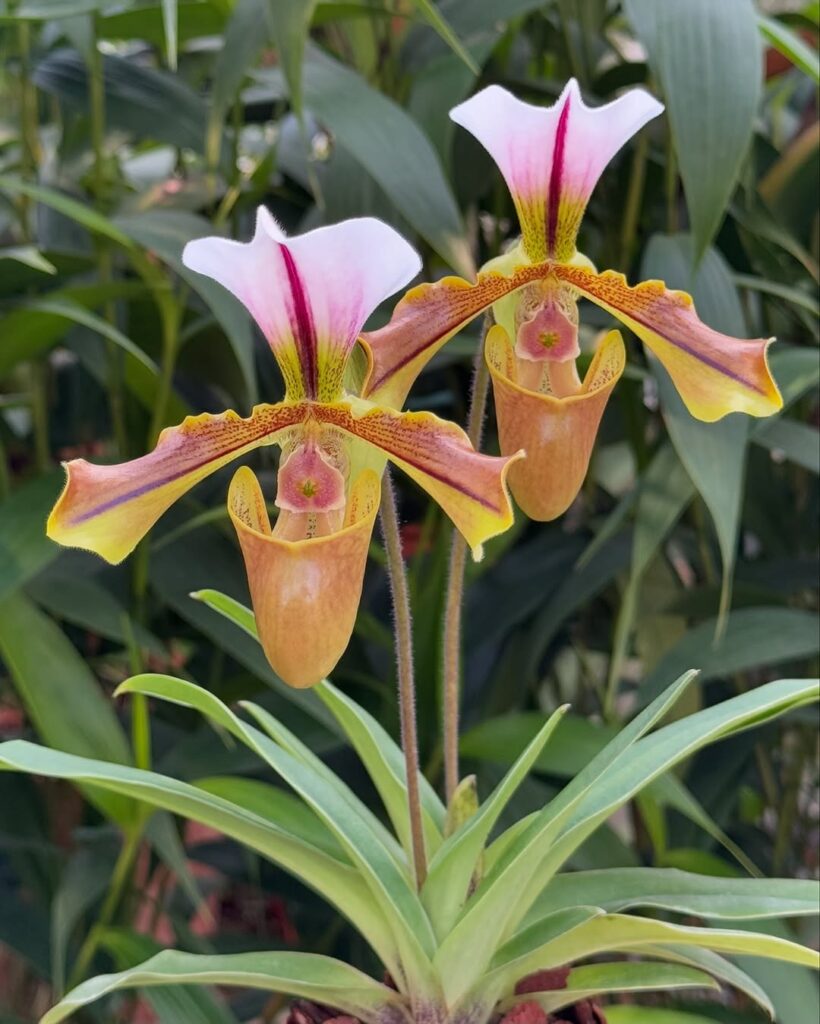You’ll find that growing orchids isn’t as challenging as it might seem, especially when you start with beginner-friendly varieties like the Phalaenopsis. While these elegant plants have earned a reputation for being finicky, understanding their basic needs can lead to months of stunning blooms. Whether you’re drawn to the classic moth orchid‘s graceful curves or the striking presence of Cymbidium spikes, there’s an orchid variety that matches your growing environment and skill level.
Contents
- 1 Moth Orchid (Phalaenopsis): The Perfect Beginner’s Choice
- 2 Cymbidium Orchids: Elegant and Long-Lasting Blooms
- 3 Dendrobium Orchids: Colorful and Versatile Garden Stars
- 4 Lady Slipper Orchids (Paphiopedilum): Unique Beauty and Care
- 5 Essential Growing Conditions for Popular Orchid Types
- 6 Common Mistakes to Avoid When Growing Orchids
Moth Orchid (Phalaenopsis): The Perfect Beginner’s Choice

Known as the “gateway orchid,” the Moth Orchid stands as the most popular variety for novice growers worldwide. You’ll find these stunning plants thriving in indirect light, with their butterfly-like blooms lasting up to four months in ideal conditions.
To care for your Phalaenopsis, maintain temperatures between 65-80°F and humidity around 50-70%. Water thoroughly when the growing medium feels dry about 1 inch below the surface, typically every 7-10 days.
These adaptable orchids don’t need special fertilizers – a balanced 20-20-20 formula applied monthly will do. Once you’ve mastered Moth Orchids, you’ll understand why they’re called the perfect starter plant.
Cymbidium Orchids: Elegant and Long-Lasting Blooms

While Moth Orchids excel as indoor plants, Cymbidium orchids bring dramatic flair to both indoor and outdoor spaces with their tall, arching sprays of flowers. These sturdy orchids produce 2-4 foot flower spikes with up to 30 blooms per stem, and they’ll last 8-12 weeks when properly maintained.
You’ll find Cymbidiums thrive in bright, indirect light and prefer cooler temperatures between 50-80°F. During summer, they can vacation outdoors in partial shade. Their thick, strappy leaves indicate their resilience, but they need specific care during their growing season. Feed them weekly with balanced orchid fertilizer, and water thoroughly when their potting mix feels dry.
Dendrobium Orchids: Colorful and Versatile Garden Stars

Dendrobium orchids showcase an astounding range of colors, shapes, and sizes across their 1,200+ species. You’ll find these versatile beauties growing 4-12 inches tall, with blooms lasting up to 8 weeks in ideal conditions.
These orchids thrive in bright, indirect light and prefer temperatures between 65-75°F during the day. They’ll need a 10-15°F drop at night to trigger blooming. Water them when the potting mix feels barely damp to the touch.
You can identify a healthy Dendrobium by its upright canes and thick, waxy leaves. For best results, feed them with a balanced orchid fertilizer (20-20-20) every two weeks during the growing season.
Lady Slipper Orchids (Paphiopedilum): Unique Beauty and Care

Lady Slipper orchids stand out among their relatives with distinctive pouch-shaped blooms that truly resemble delicate slippers. You’ll find these exotic beauties thriving in low to moderate light conditions, making them perfect for indoor growing.
These orchids prefer temperatures between 60-80°F and need consistent moisture, but don’t overwater them. Keep their potting medium slightly damp, never soggy. They’ll reward your care with blooms that last 6-8 weeks.
Fertilize your Lady Slippers every 2-3 weeks during growing season with a balanced orchid fertilizer at quarter strength. Repot them every 2 years in spring, using a fine-grade bark mix.
Essential Growing Conditions for Popular Orchid Types
Understanding your orchid’s specific growing needs is essential for keeping these elegant plants healthy and blooming. You’ll need to master three key elements: proper light and temperature conditions for each variety, careful water and humidity management, and the right growing medium with appropriate fertilization. Whether you’re growing Phalaenopsis in bright, indirect light or Cattleyas in stronger illumination, these fundamental care requirements will determine your success as an orchid grower.
Light and Temperature Needs
While every orchid species has adapted to specific growing conditions in nature, you’ll need to recreate these essential light and temperature requirements at home for successful cultivation.
Most Phalaenopsis orchids thrive in bright, indirect light and temperatures between 65-80°F (18-27°C). Place them 3-5 feet from an east-facing window for ideal exposure. Cymbidiums prefer cooler conditions, 45-65°F (7-18°C), with brighter light.
Watch for leaf color as an indicator of proper light levels. Dark green leaves usually signal insufficient light, while yellowish-green ones suggest too much exposure. If you’re growing under artificial lights, maintain 12-16 hours of daily illumination at 1,000-1,500 foot-candles.
Water and Humidity Requirements
Proper watering stands as the most critical factor in keeping orchids healthy and blooming. You’ll need to water most orchids once every 7-10 days, but always check the potting medium first – if it’s still moist, wait another day.
Most orchids thrive in humidity levels between 40-70%. You can boost humidity by placing pebble trays filled with water beneath your plants, or by using a humidifier. Don’t mist the leaves, as this can lead to fungal problems.
For Phalaenopsis and Cattleya varieties, water thoroughly when the top inch of medium feels dry. Cymbidiums need more frequent watering, especially during active growth periods.
Soil and Fertilizer Basics
Because orchids don’t grow in regular potting soil, you’ll need specialized orchid media to help their roots thrive. Most orchids prefer a loose, well-draining mix of bark, perlite, and sphagnum moss that mimics their natural epiphytic growing conditions.
For fertilizing, use a balanced 20-20-20 water-soluble formula at quarter strength every other watering during the growing season. During winter’s dormant period, reduce feeding to once monthly. If you’re using bark-based media, switch to a high-nitrogen formula (30-10-10) to compensate for nitrogen depletion as the bark breaks down.
Always water thoroughly before fertilizing to prevent root burn, and remember: “weekly, weakly” is the golden rule.
Common Mistakes to Avoid When Growing Orchids
Even experienced orchid growers can fall prey to common cultivation mistakes that harm these delicate plants. You’ll want to avoid overwatering, which causes root rot, and underwatering, which leads to dehydrated pseudobulbs and wrinkled leaves.
Don’t place your orchids in direct sunlight, as this burns their leaves. Instead, position them in bright, indirect light. Using regular potting soil is another critical error – always opt for specialized orchid mix that provides proper aeration.
Many growers make the mistake of cutting off healthy green flower spikes. Wait until they’re completely brown, as green spikes often produce secondary blooms or “keiki” baby plants.
